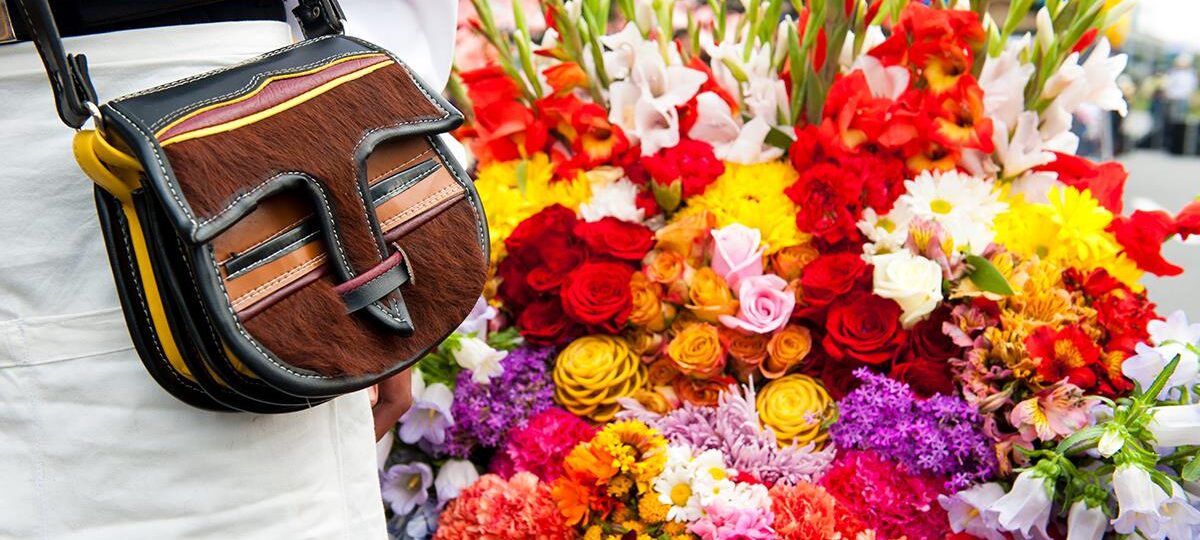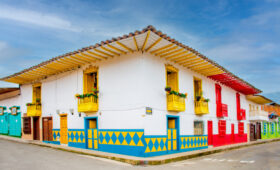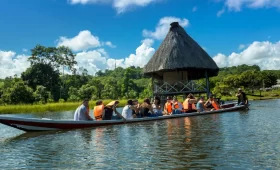The Flower Fair is one of the most iconic events in Medellín, Colombia, and has a rich history dating back to the mid-20th century. Here’s a detailed description of its origins and evolution:
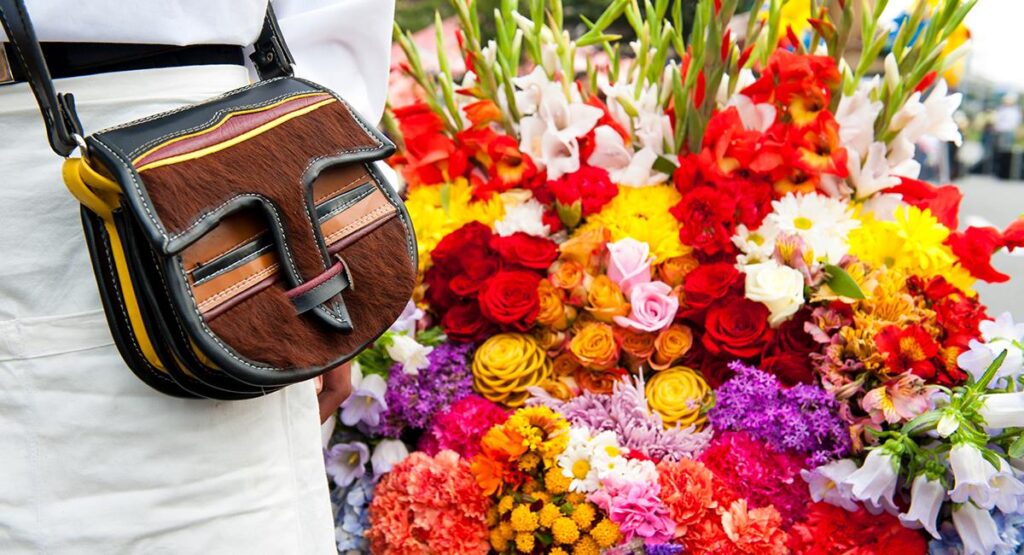
Origin
First Edition (1957): The Flower Fair was first held in May 1957, organized by Arturo Uribe Arango, a member of the Medellín Gardening Club. The original idea was to celebrate the flower-growing traditions of Antioquia, especially those of Santa Elena, where many of the flowers displayed at the fair are grown. Date Change: Initially, the fair was held in May, but in 1958 it was moved to August to coincide with the commemoration of Antioquia’s independence.
Evolution and Growth
Silleteros Parade: One of the fair’s most iconic events is the Silleteros Parade, which began to be held with the first edition. The silleteros are farmers from Santa Elena who carry large floral arrangements on their backs in silletas, which are wooden structures. This tradition originated in the colonial era, when farmers used silletas to transport flowers and other products to market.
1960s and 1970s: During these decades, the fair gained popularity, and other events were added, such as the National Handicraft Fair, horse shows, and the parade of classic and antique cars.
1980s and 1990s: The fair continued to expand, including concerts, cultural exhibitions, and sporting events. In 1983, the Flower Pavilion, a space dedicated to floral displays, was built.
Current Features
Duration: Currently, the Flower Fair is held for ten days in early August.
Events: The fair includes a variety of events such as the Silleteros Parade, the Trova Festival, the Plaza de las Flores, concerts, classic car parades, orchid, bird, and flower exhibitions, and many other cultural and recreational activities.
Impact: The fair is not only a cultural event but also a significant economic driver for Medellín, attracting thousands of national and international tourists each year.
Recognitions Cultural Heritage: In 2015, the Silleteros Parade was declared Intangible Cultural Heritage of the Nation by the Colombian Ministry of Culture.
International Renown: The fair has been internationally recognized and is one of the most important events on Colombia’s tourism calendar.
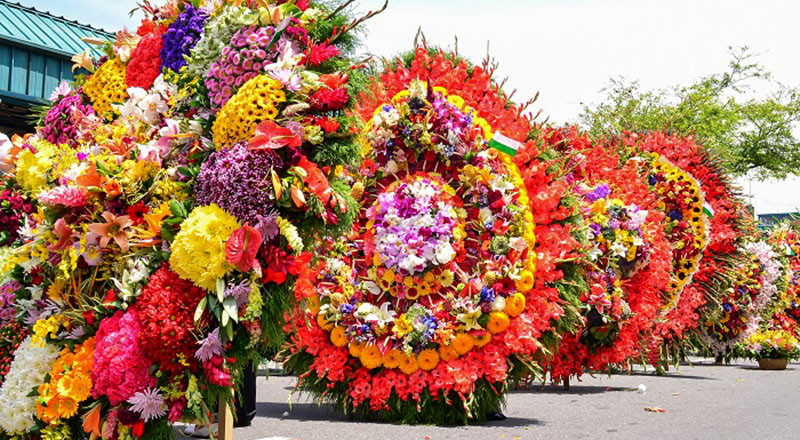
Cultural Importance
The Flower Fair is a celebration that honors the Antioquian identity and the work of the region’s flower growers. It showcases the talent, creativity, and resilience of the residents of Medellín and its surrounding areas.
This fair has established itself as a symbol of pride and tradition for the people of Antioquia and remains one of the most anticipated and beloved festivals in Colombia.

